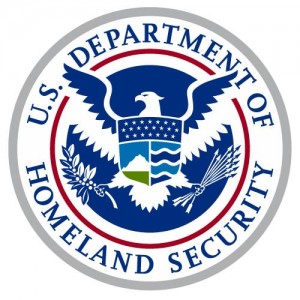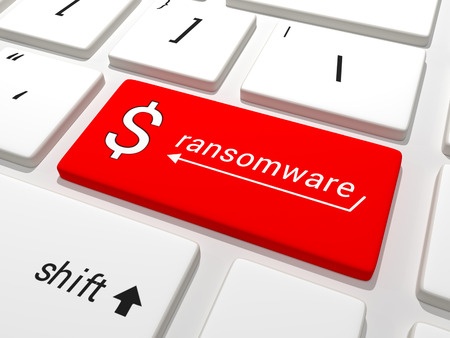 In a rare joint alert, both the US Department of Homeland Security (DHS) and Canadian Cyber Incident Response Centre (CCIRC) issued a joint warning against the threats posed by ransomware. In recent months, there have been some high profile attacks on US and Canadian business, government and even law enforcement, by strains of malware with a ransomware pay-load.
In a rare joint alert, both the US Department of Homeland Security (DHS) and Canadian Cyber Incident Response Centre (CCIRC) issued a joint warning against the threats posed by ransomware. In recent months, there have been some high profile attacks on US and Canadian business, government and even law enforcement, by strains of malware with a ransomware pay-load.
Systems Affected
Networked Systems
Overview
In early 2016, destructive ransomware variants such as Locky and Samas were observed infecting computers belonging to individuals and businesses, which included healthcare facilities and hospitals worldwide. Ransomware is a type of malicious software that infects a computer and restricts users’ access to it until a ransom is paid to unlock it.
The United States Department of Homeland Security (DHS), in collaboration with Canadian Cyber Incident Response Centre (CCIRC), is releasing this Alert to provide further information on ransomware, specifically its main characteristics, its prevalence, variants that may be proliferating, and how users can prevent and mitigate against ransomware.
Description
WHAT IS RANSOMWARE?
Ransomware is a type of malware that infects computer systems, restricting users’ access to the infected systems. Ransomware variants have been observed for several years and often attempt to extort money from victims by displaying an on-screen alert. Typically, these alerts state that the user’s systems have been locked or that the user’s files have been encrypted. Users are told that unless a ransom is paid, access will not be restored. The ransom demanded from individuals varies greatly but is frequently $200–$400 dollars and must be paid in virtual currency, such as Bitcoin.
Ransomware is often spread through phishing emails that contain malicious attachments or through drive-by downloading. Drive-by downloading occurs when a user unknowingly visits an infected website and then malware is downloaded and installed without the user’s knowledge.
Crypto ransomware, a malware variant that encrypts files, is spread through similar methods and has also been spread through social media, such as Web-based instant messaging applications. Additionally, newer methods of ransomware infection have been observed. For example, vulnerable Web servers have been exploited as an entry point to gain access into an organization’s network.
WHY IS IT SO EFFECTIVE?
The authors of ransomware instill fear and panic into their victims, causing them to click on a link or pay a ransom, and users systems can become infected with additional malware. Ransomware displays intimidating messages similar to those below:
- “Your computer has been infected with a virus. Click here to resolve the issue.”
- “Your computer was used to visit websites with illegal content. To unlock your computer, you must pay a $100 fine.”
- “All files on your computer have been encrypted. You must pay this ransom within 72 hours to regain access to your data.”
PROLIFERATION OF VARIANTS
In 2012, Symantec, using data from a command and control (C2) server of 5,700 computers compromised in one day, estimated that approximately 2.9 percent of those compromised users paid the ransom. With an average ransom of $200, this meant malicious actors profited $33,600 per day, or $394,400 per month, from a single C2 server. These rough estimates demonstrate how profitable ransomware can be for malicious actors.
This financial success has likely led to a proliferation of ransomware variants. In 2013, more destructive and lucrative ransomware variants were introduced, including Xorist, CryptorBit, and CryptoLocker. Some variants encrypt not just the files on the infected device, but also the contents of shared or networked drives. These variants are considered destructive because they encrypt users’ and organizations’ files, and render them useless until criminals receive a ransom.
In early 2016, a destructive ransomware variant, Locky, was observed infecting computers belonging to healthcare facilities and hospitals in the United States, New Zealand, and Germany. It propagates through spam emails that include malicious Microsoft Office documents or compressed attachments (e.g., .rar, .zip). The malicious attachments contain macros or JavaScript files to download Ransomware-Locky files.
Samas, another variant of destructive ransomware, was used to compromise the networks of healthcare facilities in 2016. Unlike Locky, Samas propagates through vulnerable Web servers. After the Web server was compromised, uploaded Ransomware-Samas files were used to infect the organization’s networks.
For more information on defending against ransomware – see our previous blog article.

